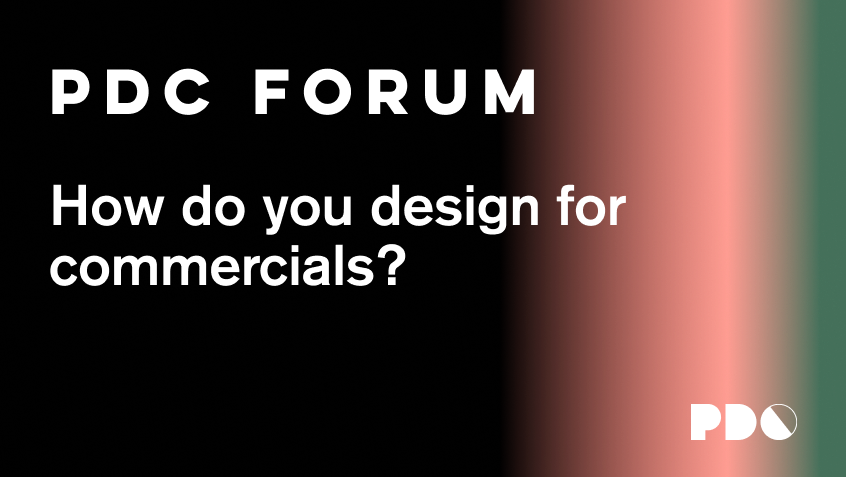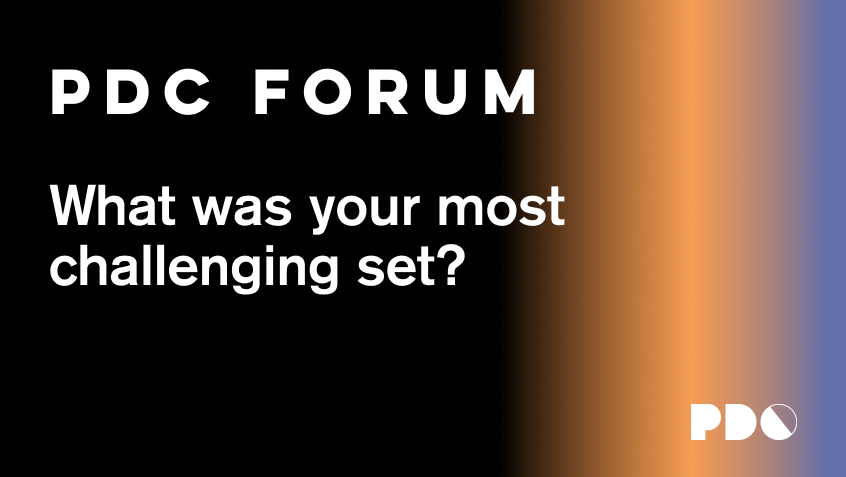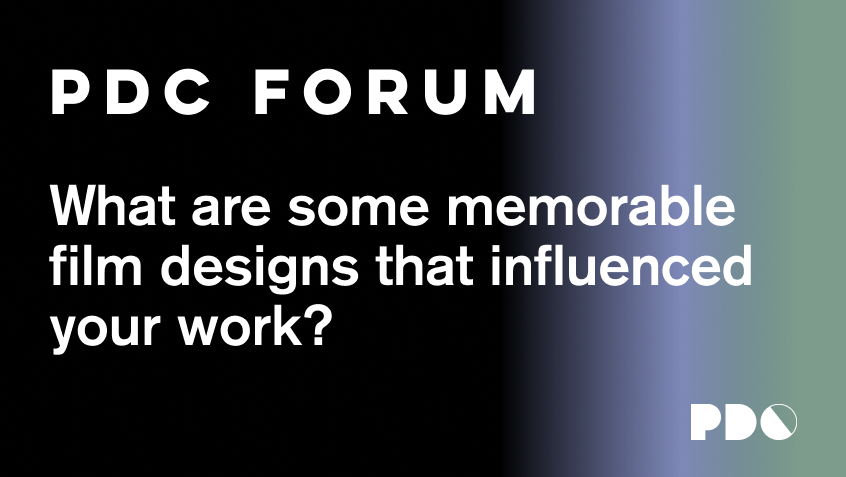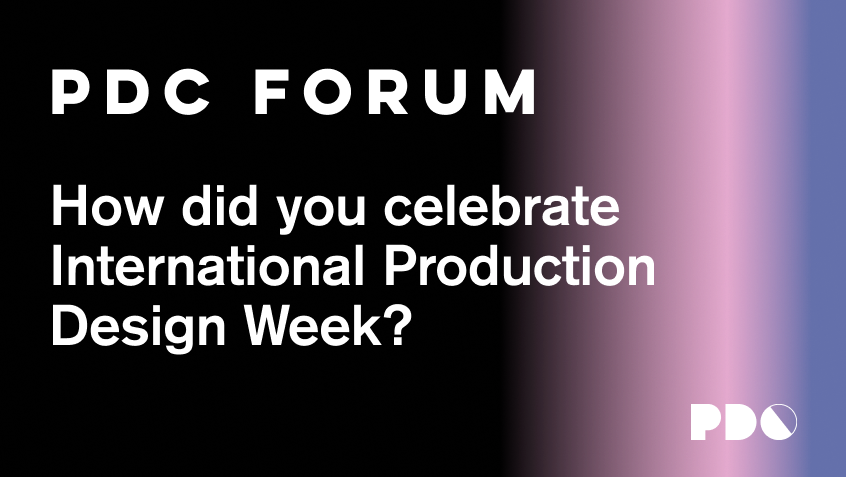





Nelson Coates is the president of the Art Directors Guild, IATSE Local 800. His film credits include “Flight,“ ”Runaway Jury,” “The Proposal,” “Hot Pursuit,” and “The Secret in Their Eyes,“ among others. He received an Emmy nomination for his work on Stephen King’s “The Stand” and is currently designing the sequels to “50 Shades of Grey.“
Many elements must blend together seamlessly to create effective narrative production design. One of the most challenging aspects of carrying that design through to completion relates to components executed after wrap of principal photography - namely visual effects shots.
Most productions and production companies plan for the director of photography to color-time and otherwise be involved with the “answer print” of a project. Most do not budget for the production designer to oversee visual effects during post. When in talks with a director and producers prior to taking a project, I always discuss the visual effects work involved, and my desire to be involved every step of the way, even if that requires some pro-bono post production work. With that involvement established, I work with the director & producers to select a visual effects supervisor, and once that supervisor is chosen, we begin to map out the scope of the visual effects work, shot by shot. Often I join the VFX supervisor as they interview potential VFX vendors. I make sure every shot is planned in such a way as to enhance the story-telling process, as well as to maximize the look and minimize cost. Here is where the director and I really work through what elements to construct, and what will be best to create digitally. As we begin to scout locations and start to design sets, we often find new shot requirements and potential shot consolidations.
As most shows have some sort of VFX shots total and budget parameter in place long before any crew is hired or location scouted, a bit of horse-trading takes place to get the look and hold the budget line. I then work with my team to create key frames representing the look of each major shot. These key frames, once approved by the director, help solidify the work and serve as a guiding tool for actual design, construction, and shooting. By effectively incorporating VFX even in a smaller budget feature, a designer can extend the reach of a budget enormously. Only building what is absolutely necessary for performance and blocking can actually make a scene more taut and visually stronger. For instance, in FLIGHT, we had planned to build an entire church exterior, and find an old farmhouse with a hangar and grass runway. When we realized we needed to construct the farmhouse, our budget only could accommodate two sides of the church. All four sides were designed and texture-mapped, and the remaining un-built sides were created in post for the jet fly-over. This required some minor restaging of action in the field to film with the church as the background, but made for a very effective tableau that sold the story. I also had to do quite a bit of math for the speed and trajectory of the plane as it crashed, what size to build the church, how tall to build the steeple so that it would be clipped during the plane’s decent, and just how far to place the crash site from the church. We actually shot the “live cell phone footage” when the set had just been framed. The texture mapping of the finished church was then skinned on to the framing to complete this shot.
During the filming of an effects shot, I have the key frame images mounted for the director and crew as a reminder of the final image we want to achieve. Usually I create a VFX photo comp guide utilizing a still from the dailies, to further clarify the end result. If graphics or 2D elements are needed to insert into the VFX, my team then creates those deliverables as possible prior to completion of principal photography so the design remains cohesive and all can see and approve.
Even after shooting has wrapped, I remain in contact with the director, VFX supervisor, and editor to make sure I am afforded the opportunity to see, give notes, & approve progress comps, and major completed frames. All this requires developing a strong relationship with all team members, so they see the value of your involvement as the designer in the completion of the visual narrative. Visual effects, whether used for straight forward set extension, erasing non-period elements, or entire world creation, are just some of the tools in the designers tool box. Knowing how and when to make them work to the advantage of the narrative is key. Creating a collaborative environment with the entire VFX team from start to finish is to the designer’s advantage, helping to maintain a clear voice and singular visual language during the completion of their designs.

Scott Chambilss collaborated with J.J Abrahams on the “Star Trek“ franchise films, and also designed “Mission Impossible III,“ “Salt“ and “Cowboys Vs. Aliens,“ among others. He won an Emmy and ADG award for his design for the TV show “Alias,“ and is currently designing the film “Guardians of the Galaxy Vol. 2.“
So many of the film projects I design are heavily reliant on visual effects to the point that I no longer consider the vfx element as a question of integrating it into something else. Visual effects are a paintbrush, so to speak, just as construction, locations, and set decoration are in creating a movie’s world. They require a specificity of attention and intention no more nor less than any other element in our toolboxes, and an informed awareness as to when they are most appropriate.
In the science fiction work I’ve done, I prefer not to immediately categorize an environment as vfx or practical or a blend of such… unless our scene takes place floating out in the middle of space, of course. As the design concepts that comprise the world begin to unfold and become clearer and therefore more detailed, questions of scale and written action all help point the way toward what will be best achieved practically for the story and what is of necessity visual effect. The budget has a major determining impact on the above as well, always.
Many of the directors I’ve collaborated with much prefer to work on fully articulated practical in-camera environments, as do I. I’ve seen that it’s better for everyone involved to be working in a realized space that is the world of the story for strong reasons: these environments allow actors to more fully immerse themselves in their character’s story, and directors and cinematographers are able to pick up on and capitalize upon visual clues while they compose their shots, clues that are not present when working in a total or mostly blue or green (or god forbid, orange) screen environment.
Conversely, it would be impossible to achieve the moments of epic scale and therefore epic detail that many tentpole movies rely on now, and epic spectacle in western culture filmmaking is only achievable via vfx (China and India are a rather different story. Hero and Devdas, anyone?). We’re also fortunate these days how sophisticated the technology has become in creating these digital worlds. There are so many possibilities with the various technologies available to us that a designer can unintentionally discover oneself making design choices primarily based on the given favored technology’s capabilities. Therein lies the serious trap. Unless one is vigilant, visual storytelling in tentpole movies (especially the kind I work on) can become driven by technology rather than the story itself being in the drivers seat. And that is bedrock for me as a designer. Just because my favorite color is orange doesn’t mean I should try to paint everything orange. And just because I enjoy designing in the visual effects world doesn’t mean it’s necessarily the best choice for the story.
Every project I’ve been hired on relies on my generating the conceptual approach to the world their story is going to inhabit with the director. I’ve always been the first collaborator hired, and it usually entails four to six weeks of immersive research and development time. Then it’s time to begin visualizing the ideas we’re tossing around. To do so I hire several concept illustrators, model makers, a few art directors and set designers to begin developing thoughts after I’ve had four to six weeks of immersive research and development time. After a few months in, storyboard artists and vfx/previs folks are usually brought on to help develop action sequences with the director. I’ve never found myself in the place where the director is also developing the design of the film with the vfx/previs folks in tandem with the art department. Quite the opposite: everyone from the director on down is reliant on the designer and art dept to present and refine the visual concepts that are then incorporated into the work the vfx/previs team is producing. It’s up to us to present the illustration (or model as the case may be) that will ultimately be the final reference point for everyone to sign off on.
Given that, you’d think it would be important to a production for the production designer to be involved in the post-production completion of the visual effects portion of the design in addition to what was completed during production. It makes sense doesn’t it? Yet it is the rare studio, producer, or sadly even director who understands the value of having the production designer on hand as a regular consultant seeing his/her work through to the end.
The pre-vfx filmmaking business model (a designer’s job was over when the filming was completed because the world had been built) is apparently entrenched in the minds of most of those running our business today. Yet currently in our filmmaking world virtually every major studio feature is heavily laden with our design work, work that will be completed in post production without our participation. As a result, visual conceptual through lines can be blurred or lost because other priorities scream for attention. It’s the designer’s job to negotiate all the priorities and maintain the design through line, but without the designer present that job is left in the director’s hands...whether he is aware of it or not. To my mind it’s an uninformed and unfair position for the studios to thrust upon their directors. The production designer’s job is not the director’s job.

Grant Major has been nominated for an Academy Award three times for the “Lord of The Rings“ Trilogy, winning it for “Return of The King“ in 2004. He also designed the films “Green Lantern,“ “King Kong“ and “X-Men: Apocalypse“ among others.
VFX is now an integral part of Production Design, it’s rare to find a contemporary film without it and as it’s become cheaper, productions have become increasingly reliant on it, scripts are written with VFX in mind and it usually consumes a major part of a film Production spend.
Being one of the first people to begin on a show, often prior to the VFX Producer, I like to lead the charge by conceptualizing key moments of the script including VFX sequences, built environments or both combined to establish and agree on the look of the film with the Director / Producer / Studio. Creating a world that is real and believable with tangible physics and a sense of history means that as VFX work follows on it’s within the design boundaries I’ve set up.
The practice of conceptualization and production art has equally embraced this VFX process and widened the tools available to imagine worlds within which drama takes place. The use of cutting edge 3D design and visualizing programs within the Art Department is indispensable and as a consequence concepts produced flip easily between designs that could only exist in the virtual world and those using traditional timber, plaster and paint.
Later there is a rationalization phase when Director, DOP and VFX Producer get involved and the dividing lines between what is real and what will be virtual takes place. Directors typically prefer there to be ‘real’ set environments around the actors for them to respond to and to give an understanding of geography, texture, color and lighting. VFX Producers similarly want anything close to camera to be ‘real’ too.
Choosing blue or green screen in the studio will affect the colors chosen for the sets and costumes. Lighting on a green / blue screen stage tends to be higher luminance, reflective surfaces and atmospheric effects all need to be carefully thought through as these can affect the quality of images captured to be later used by the VFX technicians.
Set design needs to allow for and identify how VFX set extensions will marry to the built environment. There needs to be a positive transition point identified and agreed to, obviously when merging a built and VFX environment together your designs must account for lens sizes, perspective and camera angles, communication with the VFX Producer is essential early and at each step of the way. After filming is completed I hand over all the concepts, reference, samples, textures and color tests to the VFX department to be sure everything will be completed as it was intended. On some shows an Art Director follows through the post -production process and as Production Designer I’m always available to answer ongoing questions. This medium has opened up the scope of writing now and worlds that were once only possible with incredibly complex model and matte shots are relatively easily able to produce.

Vico Sharabani is the owner of The Artery VFX and winner of the Autodesk Flame Award recognizing his vast contributions to the visual effects industry over the past 20 years. Vico’s portfolio includes work on films such as Wes Anderson‘s “The Grand Budapest Hotel,“ “Beasts Of No Nation,“ “Tower Heist,“ and “Sex & The City,“ as well as commercials and music videos for Beyoncé, Nicki Minaj, and Kanye West.
On every show the collaboration the a production designer takes a different shape. It's just like any other relationship. Personally I find that my role as the VFX creator has the most impact when I’m invited at the early stages of pre-production. I aim at serving humbly the director, the production designer, and the show as a whole.
The best kind of collaborations require from the creative, technical, and production teams to understand that we, as VFX supervisors, bring unique solutions to every show. My favorite partnerships are like a dance where we allow each other to lead sometimes or be led at other times.
I generally start with the creative conversation, gathering information, reading the script, looking at references, and coming up with ideas and approaches. Once I have all the technical specs and knowledge, I dive in together with the designer to figure out the approach and solutions. At first I try to hold off on the technical and production conversations even though they are very important components. The designer and I need to figure out the specifics of the vision and its goals. So the first conversation I would have with the designer has nothing to do with visual effects. Visual effects are only tools; they’re not the dominant factor at the beginning of the creative process.
Many times when people ask me: “What do you think we should do about the visual effects?”, I try to guide them to the heart of the creative issue. I ask them to describe what they’re trying to achieve in the movie. So instead of assuming it needs visual effects, let’s define what the story needs from the beginning. Many times we have solutions that address the visual needs in a more natural way on set instead of using digital visual effects. And we’re not here to make the VFX part in the movie big; we’re here to find the most efficient way to bring the specific vision to life.
Most of the times, the director is looking for the production designer and the VFX supervisor to work together. I appreciate when I’m allowed to contribute ideas rather than being asked to simply execute the visual elements. As an artist and VFX supervisor I’m most satisfied when I have a great collaboration with the production designer.




